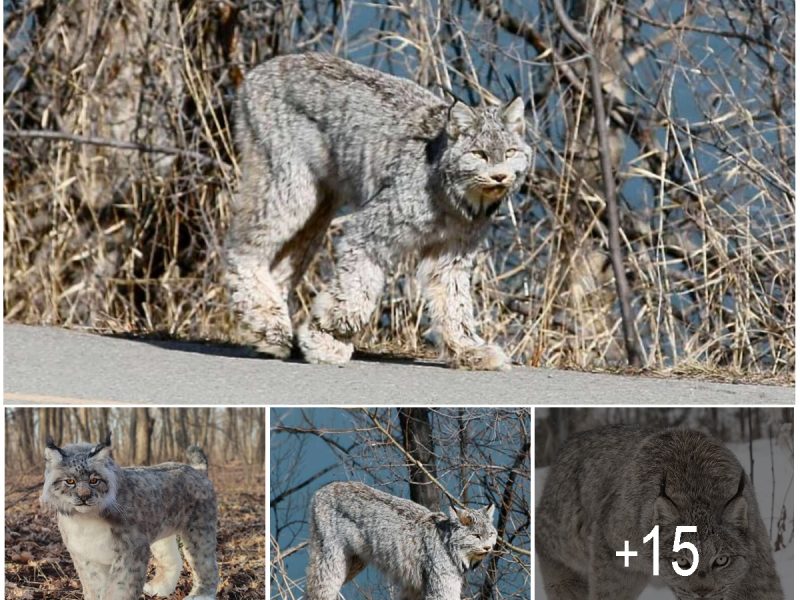In the realm of horticulture and genetic variation, the mutant mango stands as a captivating example of nature’s capacity for unexpected transformations. While mangos are already a beloved tropical delight, mutant varieties offer a glimpse into the fascinating world of genetic mutations and the potential they hold for altering the characteristics of familiar fruits.
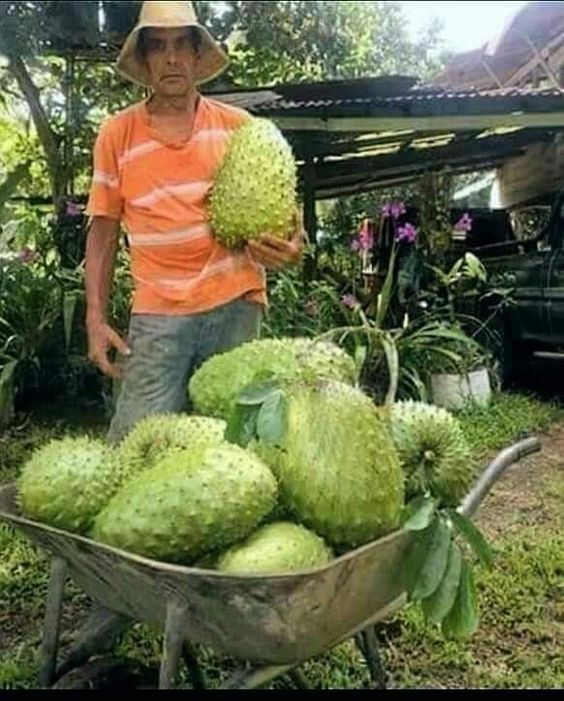
Unveiling the Mutant Mango: A Twist in Evolution
Mutant mangos, also known as “sport” mangos, arise from genetic mutations that cause deviations from the typical characteristics of their parent trees. These mutations can affect various traits, including fruit color, shape, size, and even flavor. While some mutations are subtle and barely noticeable, others result in dramatic changes that capture the attention of farmers, researchers, and fruit enthusiasts.
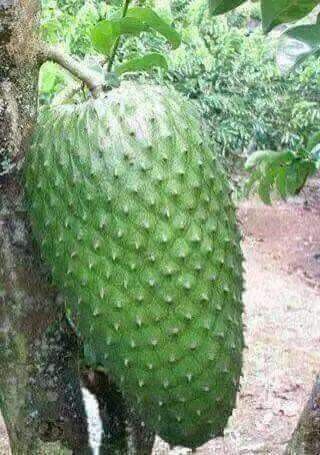
The Rainbow of Variations: Colors and Patterns
One of the most striking features of mutant mangos is their vibrant array of colors and patterns. Mutations can lead to mangos with hues ranging from pale yellow to deep crimson, and even multicolored fruit with a mesmerizing blend of shades. These mutations not only add aesthetic appeal but also hint at the intricate genetic pathways that govern pigmentation in fruits.
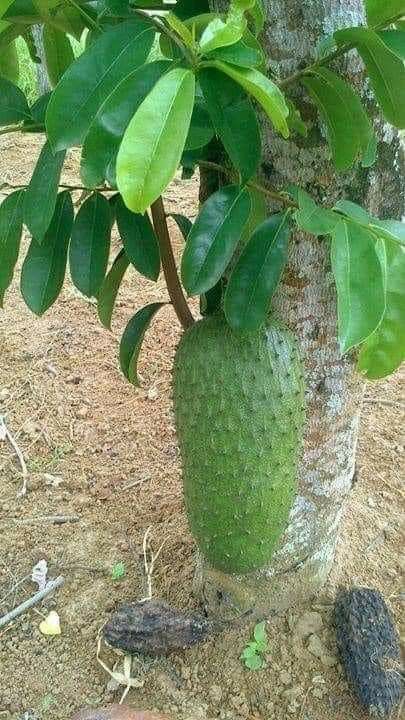
Altered Shapes and Sizes: Nature’s Sculptors
Mutations can influence the overall shape and size of mangos, resulting in a diverse assortment of forms. Some mutant mangos exhibit elongated shapes, while others take on an asymmetrical or flattened appearance. These changes in fruit morphology offer insights into the genetic mechanisms that control growth and development.
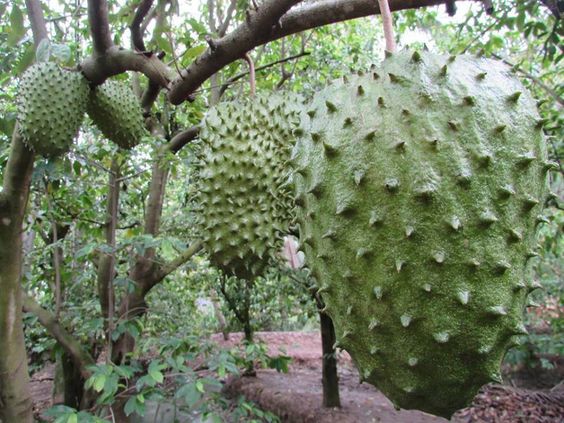
Taste Explorations: Flavors Beyond the Ordinary
In addition to their visual transformations, mutant mangos often surprise with variations in taste and aroma. Some mutants boast sweeter, more intense flavors, while others may display subtle notes of different fruits. These alterations in flavor profiles provide a tantalizing opportunity for culinary experimentation and the creation of unique taste experiences.
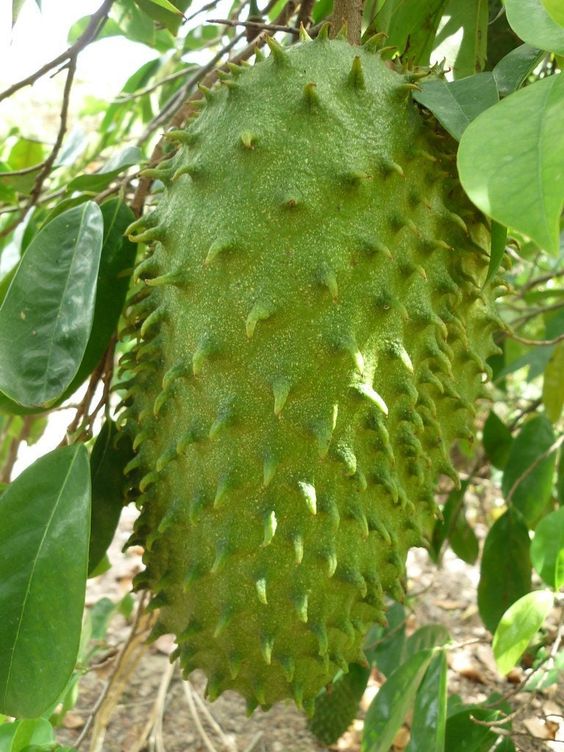
Cultivation and Conservation: Harnessing Genetic Diversity
While mutant mangos may arise spontaneously, intentional cultivation and propagation of these varieties have yielded exciting results. Farmers and researchers recognize the potential of mutant mangos for enhancing crop diversity, improving fruit quality, and even developing varieties that are more resilient to pests and diseases. By harnessing the genetic diversity presented by mutant mangos, scientists contribute to the conservation of valuable genetic resources.

